Today I would like to talk to you about a popular and curious Spanish expression: “Las Cuentas del Gran Capitán” = "The Accounts of the Grand Captain".
The Accounts of the Grand Captain are a Spanish cultural topic, that is based on an anecdote attributed to Gonzalo Fernández de Córdoba, the Grand Captain, who ridiculed Fernando the Catholic when he asked for accounts of the expenses that he (Gonzalo) had incurred during the Naples campaign, at the end of the year 1506. His response was to challenge the king (Fernando El Católico) with an enumeration of exorbitant expenses, in absurd concepts (the most famous phrase of the answer, which is usually also used as a topic, is in spikes, shovels and hoes, one hundred million ...) but which alluded directly to the heroism of his soldiers and the victories achieved, which had led to the French defeat and provided practical access to the rest of Italy from the base of the kingdom of Naples. As a phrase, it is used to qualify as an exaggeration of a relationship of expenses, or even a list of any kind, to ridicule a little detailed relationship or to deny an explanation requested for something to which you are not entitled. For example, you could say: “What a crude statement or what eight quarters!. This one, that you present to me here, my friend, are the very same accounts of the Grand Captain”.
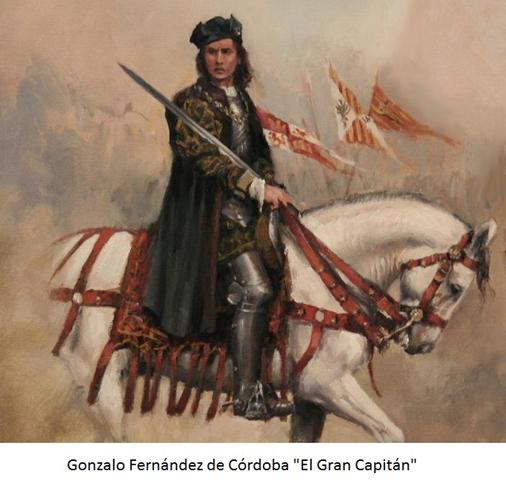
The Grand Captain
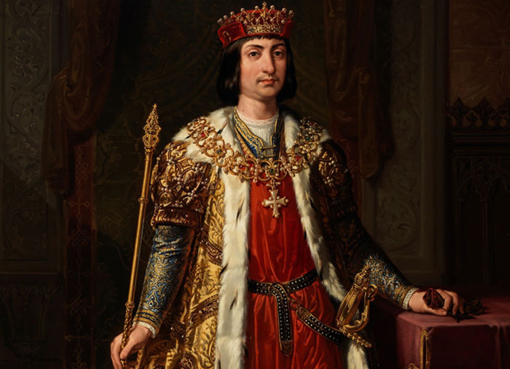
Fernando El Católico
An interpretation of the fact supposes that, after the death of Isabel the Catholic, in 1504, seeing her widower Fernando the Catholic that the Italian War was being enormously expensive, she asked Gonzalo Fernández de Córdoba to present justified accounts of such expenses. It seems that the political enemies of the Grand Captain wanted to take advantage of the death of the Queen, hitherto brave of the Castilian military.
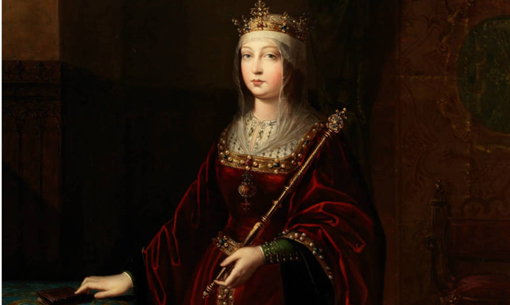
The Queen Isabel La Católica
A classic narrative, which is not deprived of applauding the traditional movement of the Great Captain, is found in the biography of the Great Captain by Luis María de Lojendio:
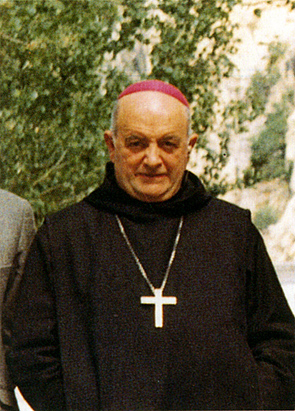
Luis Maria de Lojendio e Irure
In the task of administrative review to which Don Fernando applied, it was his turn to the forced discharge of economic management. The King, who lived in constant struggle with the shortage of means that drowned him, attached great importance to this chapter. Among his storytellers was Juan Bautista Spinelli, who had cultivated in the mood of the Monarch the great misgivings about the waste of the Grand Captain, "as well as the one who sagacísimamente looked for the accounts of the spent and everything received, and showed how he had not left Something in the treasury, so that giving messily it came to win the name of the most liberal.»
Lojendio puts the episode in the context of Fernando's landing in Naples on November 1- 1506, shortly after learning of the death of Felipe El Hermoso, in Burgos (September 25). The king's position, at that moment, is delicate: he must try to restore, in his possessions, all the Neapolitan nobles that he can (except for the two most significant supporters of Charles VIII of France: the Prince of Rossano and the Count of Campobasso), to the detriment of the companions to whom the Captain has distributed a generous loot (Lojendio quotes Pedro de Paz, Antonio de Leiva, Benavides, Gómez de Solís, the Prior of Messina, Luis Herrera, the Commander of Trebejo, Diego García de Paredes, Captain Cuello, Mosén Mudarra and Micer Teodoro, Albanian captain).
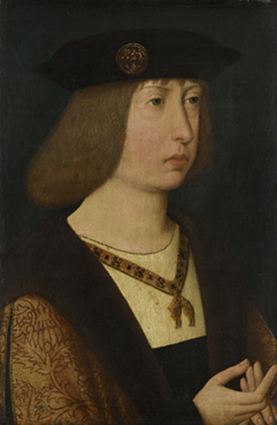
Felipe El Hermoso
The great bitterness, the great disappointment of those victorious soldiers wounded the most sensitive fiber in their soul: that of their extreme generosity. At this time of his life, under the influence of this state of mind, the episode of the famous accounts of the Grand Captain is raised.
Gonzalo de Córdoba's position did not exclude the possibility of becoming himself king of Naples (as suggested by a fellow soldier or some Neapolitans), or changing sides like any other condotiero of the Italy of the time, and putting himself at the service of the Pope or of who better did the accounts. Fernando managed to return with him to Spain, conjuring the danger. Recruited in his Andalusian fiefdoms, he will see how the towers of his castle in Montilla will be topped, like those of many other Levantine nobles. The authoritarian monarchy, still in its infancy, was struggling to impose itself, and times were in its favor. It is well known that Fernando was being observed by Machiavelli, who took him as one of the models of his perfect Prince. It is also well known that, in the stereotype of the traditional Spanish, that calculating and pragmatic dimension of Fernando was worse seen than that of other more idealistic kings (and no less prudent, such as Felipe II).
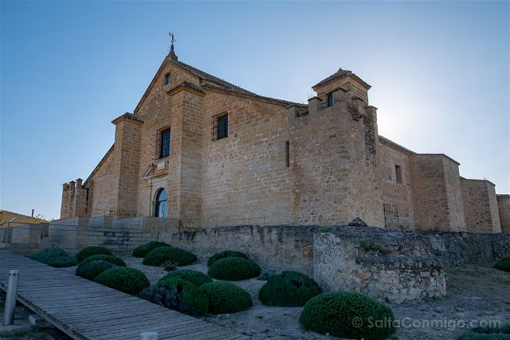
The Castle of Montilla in Cordoba
Do not forget that at the death of Isabel, Fernando is only king in the Crown of Aragon, to which the Italian kingdoms have been linked since the thirteenth century (Sicilian vespers –this is the name for the historical event of the massacre of French people, in Sicily in 1282, which ended up causing the end of the reign of Carlos de Anjou, on the island, replaced by the influence of the Crown of Aragon--.), while in the Crown of Castile the Queen is her daughter Juana (Juana la Loca). The fact that the two crowns rejoined was partly a chance, since Fernando remarried (with Germana de Foix) and could have had offspring. However, he never ceased to gravitate on Castilian politics, protecting both the activity of his daughter and that of his son-in-law (Felipe El Hermoso, whose early death made the balance even more complicated), and Joan's declaration of madness that made him resume the control, as regent in the name of the incapable Queen and pending the coming of age of her grandson Carlos (future Carlos I of Spain).
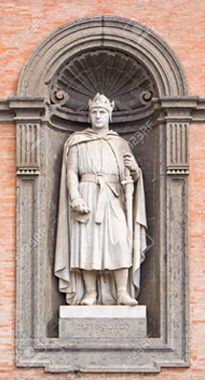
Carlos de Anjou
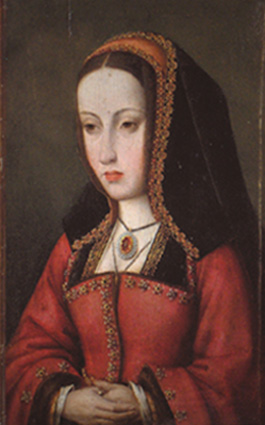
Juana La Loca
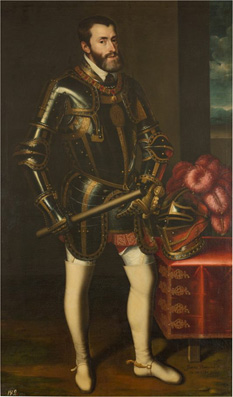
Carlos I of Spain
The union of the two crowns was only personal in the figure of their kings, and had dissolved --no one knew whether temporarily or definitely-- with the death of the Queen. The expansion projects of each one were geographically opposed: Atlantic the one of Castile and Mediterranean the one of Aragon. The secular alliance of the high Castilian nobility (the wool) with Flanders (the cloths), at that time controlled by Maximilian I of Habsburg, father in law of daughter of Fernando the Catholic for being the father of Felipe El Hermoso, was compatible only to a certain extent with the expansion through Italy and North Africa, on a temporary basis and more than anything else for the common enemy: the kingdom of France.
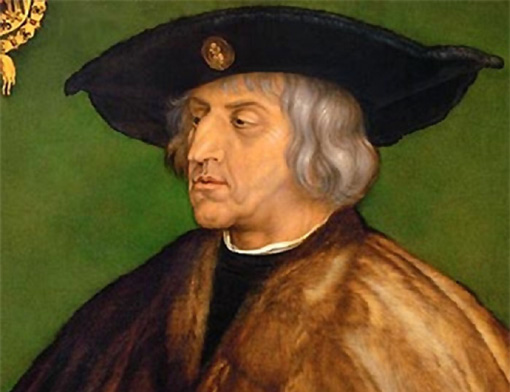
Maximiliano I de Habsburgo
The non-integration between Castilla and Aragón is clearly seen in the exclusion of the latter from the newly begun American adventure: it will be Seville that organises the monopoly of this trade, reserved for merchants of Castilian nationality, and Catalan, Valencian, Majorcan neither Aragonese will be able to intervene. Explicitly indicated by the motto that Fernando himself had recorded as an epitaph in the Admiral's tomb, who died that same year in 1506:
To Castilla and León
new world gave Columbus.
which became (the mutation of the famous phrases is not exclusive to the Accounts) into a popular flirt ironically finished with another verse:
With the cash of Aragon.
Gonzalo, in Italy, reorganised the Infantry creating the Coronelías, military units that would be the base of the future Tercios(Regiments), troops experienced in the War of Granada and of Castilian national base, although mercenaries and therefore open to any soldier of fortune of Europe, as the aforementioned Albanians, and that not long would include the famous German lansquenetes, who stood out twenty years later, already in reign of Carlos V, in the battle of Pavia (which meant the capture of Francisco I of France and Spanish control over northern Italy through the Duchy of Milan) and the subsequent sack of Rome.
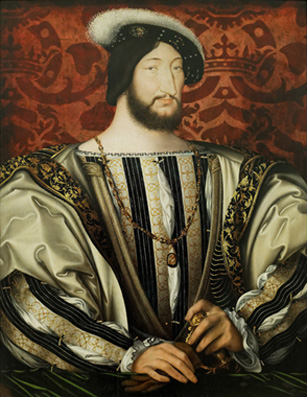
Francisco I of France
Well, I hope that you will like this article.
Until my next post, kind regards,
Luis.
Please click below:
